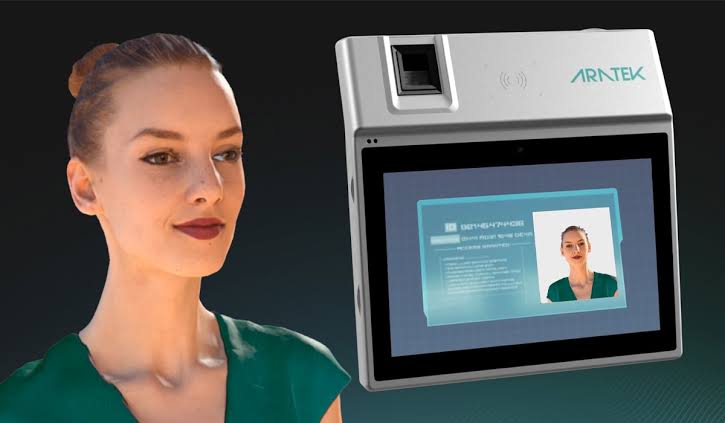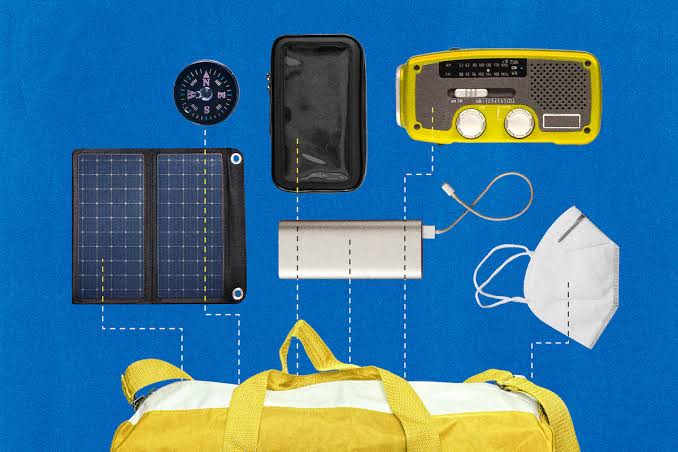Biometric gadgets have rapidly evolved into a cornerstone of modern authentication systems, offering secure and user-friendly ways to verify identity. Unlike traditional passwords or PINs, biometric authentication leverages unique human traits such as fingerprints, facial features, iris patterns, and voice recognition. As technology advances, the future of biometric gadgets promises even more sophisticated, accurate, and widely integrated solutions, reshaping security across industries.
Advancements in Biometric Technologies
The next generation of biometric gadgets will focus on higher precision and faster recognition times. Innovations in artificial intelligence and machine learning are enabling systems to adapt to subtle changes in biometric data, such as facial aging or minor injuries, ensuring consistent accuracy. 3D facial recognition, thermal imaging, and multi-modal biometrics—where two or more methods are combined—will enhance security while reducing false rejections or approvals. These improvements will make biometric gadgets nearly impossible to fool with spoofing techniques.
Integration with Everyday Devices
Biometric authentication is moving beyond smartphones and high-security offices into everyday gadgets. Wearable devices like smartwatches are starting to integrate fingerprint or vein recognition for instant identity verification. Home security systems, cars, and even smart payment cards will soon rely on embedded biometric modules. This seamless integration will allow users to unlock, access, or pay for services instantly, enhancing both security and convenience in daily life.
Enhanced Data Protection and Privacy
A significant focus for the future of biometric gadgets is secure storage and encryption of biometric data. Edge computing is making it possible to process and store biometric information directly on the device rather than transmitting it to central servers. This limits exposure to cyberattacks and increases user trust. Advanced encryption algorithms and blockchain technology may also be incorporated to safeguard biometric records, ensuring privacy compliance with evolving regulations worldwide.
Applications Across Industries
The scope of biometric gadgets extends far beyond personal electronics. In banking, biometric-enabled ATMs and mobile apps will streamline authentication for transactions. In healthcare, biometric gadgets will help protect patient records while simplifying staff access to secure areas. Law enforcement agencies will rely on portable biometric devices for real-time identification in the field. Travel and immigration checkpoints will adopt faster biometric processing to reduce queues while maintaining security.
Challenges and Ethical Considerations
Despite the promise, the widespread use of biometric gadgets raises concerns over misuse, surveillance, and potential breaches. Developers must address the ethical implications of storing sensitive biometric data, ensuring transparency and informed consent for users. There will also be challenges in maintaining inclusivity, as some biometric systems may not work equally well across different demographics due to environmental, physical, or technical limitations.
The Road Ahead
As biometric gadgets continue to evolve, they are poised to become the default method for secure authentication globally. The combination of AI-driven accuracy, versatile applications, and robust privacy measures will make them indispensable across sectors. However, balancing innovation with ethical safeguards will be critical to ensuring that the technology enhances security without compromising individual rights.




Nice